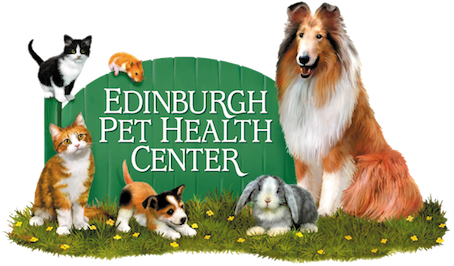First Aid for your pet
August 4, 2019
Be Prepared
- Keep your regular veterinarian’s phone number and the after-hours veterinarian’s phone number in a place you can easily find them. Include directions or maps so you know how to get there even when you are worried or in a hurry.
- Have a written list of your dog’s important health information including diagnosed medical conditions and medications that s/he takes.
- Assemble a first aid kit and know where you keep it. First aid kits for pets contain many of the same things that a first aid kit for people would have.
- Purchase a pet first aid book from redcrossstore.org
Pet First Aid Kit Contents and Usage
| Gauze Squares | Bandaging wounds |
| Gauze Rolls | Bandaging wounds |
| Cohesive wrap | Bandaging wounds |
| Tape | Bandaging wounds |
| Antibiotic Ointment | Applying to minor wounds |
| Gloves | Keeping hands and wounds clean |
| Hydrogen Peroxide | To induce vomiting |
| Muzzle | Preventing upset pets from biting |
| Nail Clippers | Trimming broken or torn nails |
| Styptic powder | Stopping bleeding nails |
| Leash | Capturing/restraining pets that are afraid |
| Petroleum Jelly | Taking the temperature |
| Thermometer (plastic, non-mercury) | Taking the temperature |
| Benadryl (Diphenhydramine) | Allergic reactions |
| Tweezers | Removing foreign objects |
| Scissors with blunt ends | Bandaging wounds |
| Syringe | Giving liquids |
| Sterile saline eye wash | Flushing debris from eyes or wounds |
| Pet First Aid Book | Reference |
Know What’s Normal
- Heart Rate (HR) 60 – 120 beats per minute is normal for a resting dog (small dogs and puppies can be slightly higher). Cats is 120-140 beats per second in home environment. Count how many times your pet’s heart beats in a 15 second interval and then multiple it by 4.
- Breathing Rate (RR) 10 – 30 breaths per minute is normal for a dog or cat at rest. Count how many times your pet’s chest rises in a 15 second interval and then multiple it by 4.
- Temperature (Temp) 100° – 102.5° temperatures lower than 100° or higher than 104° require a trip to the veterinarian
- Mucus Membrane Color (mm color) Pink is the normal color of your pet’s gums and inner lips. Very pale, white, blue, yellow, cherry red or brick red mucus membranes indicate a need for urgent care.
- Capillary Refill Time (CRT) 1-2 seconds is normal. If the pink color returns in less than 1 second or more than 3 seconds you should call a veterinarian.
